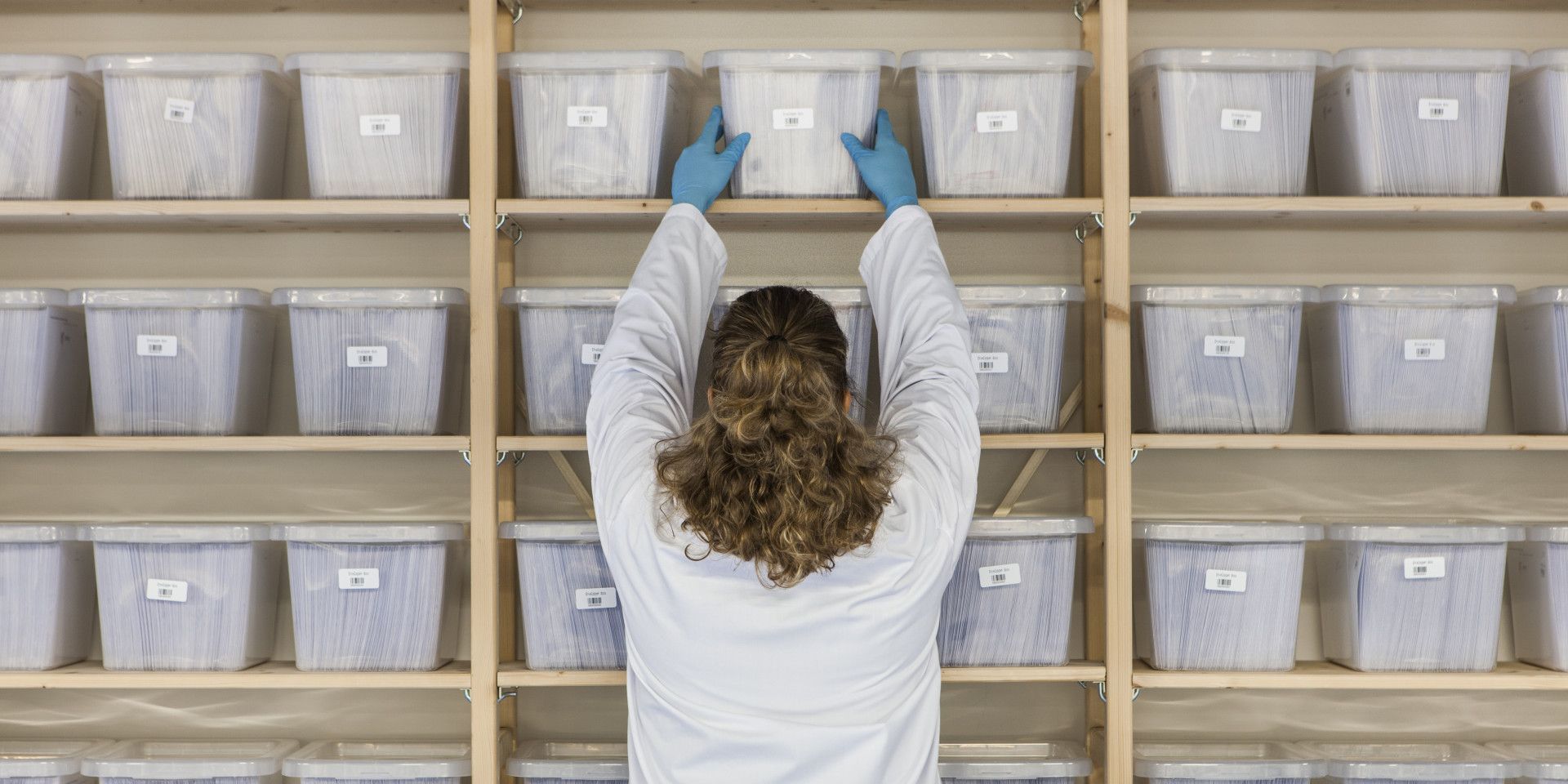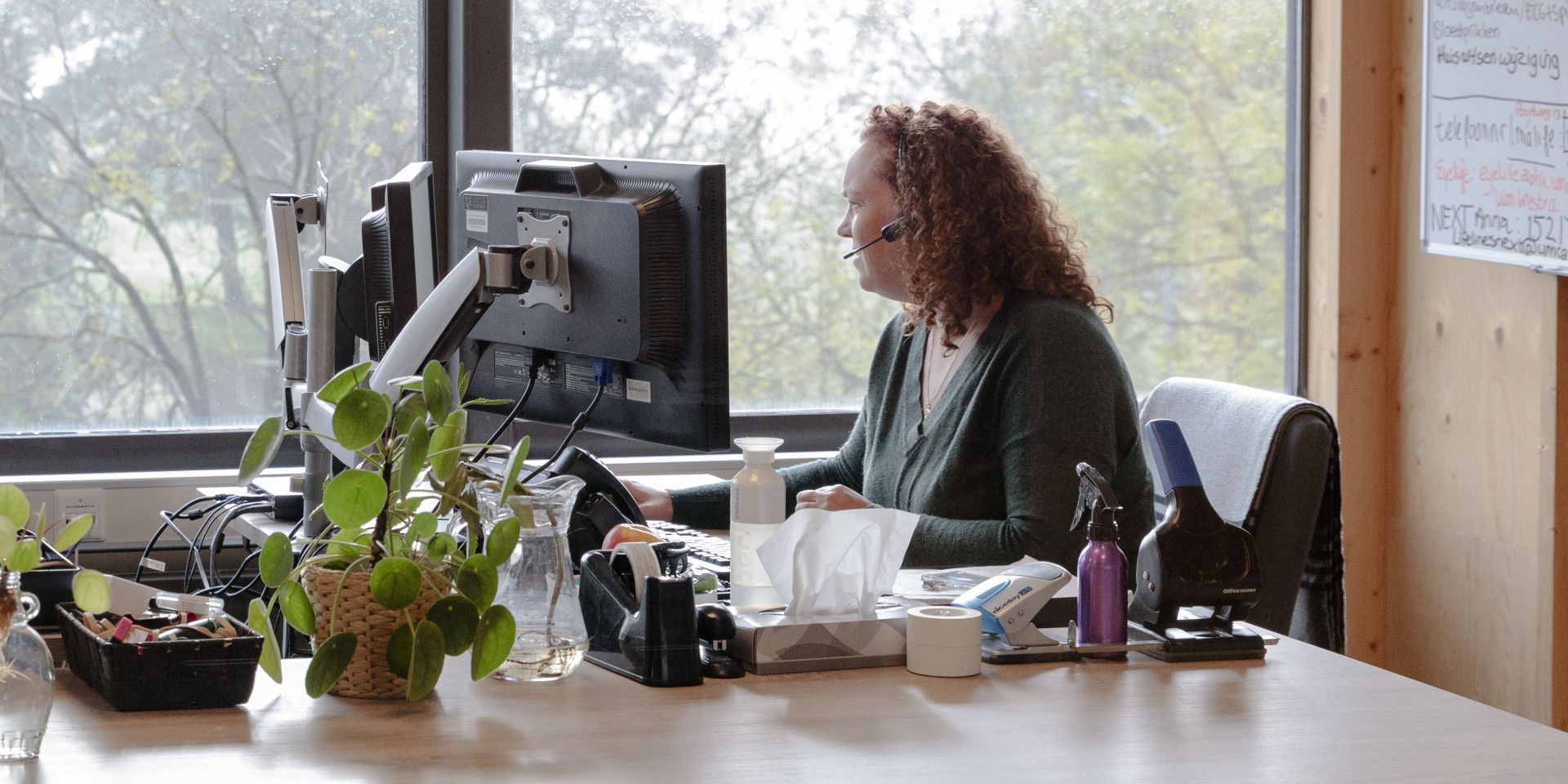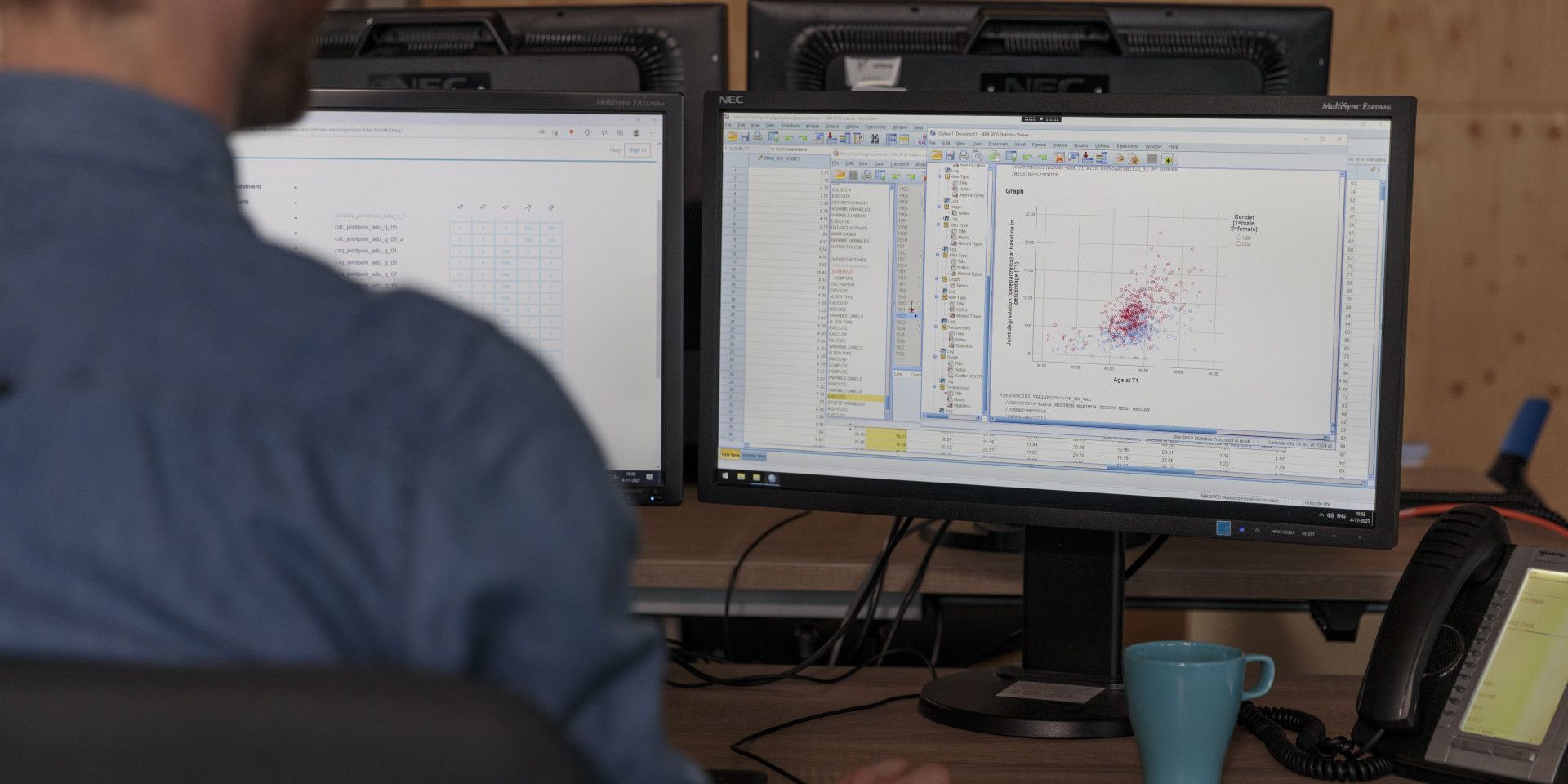
Step 1: Prepare and submit your application
More than 95% of all applications get approved
Download your personal application form and apply for data, biosamples, linkage of Lifelines data to other data sources, and/or your own additional Lifelines study. Read this page for more information regarding your application and learn how to apply for Lifelines data!
Please note: first check the overview of approved applications and publication overview to avoid too much overlap with an existing project (see point 1 below).
Process
1. Check the overview of approved applications
Many applications have been approved by Lifelines. Check the overview of approved applications for overlap with your own research proposal. Please note, Lifelines does not take overlap with other projects into account when reviewing applications.


2. Personalized application form
Complete our online application tool and create your own personal application form. In the application tool, you will be asked to specify the data and/or biosamples needed for your research. Please click here to see what we offer.
- Source Data (in catalogue): all data that can be requested through our data catalogue.
- Source Data (not in catalogue): Lifelines data that is not available through the catalogue, such as data on family relations, SNP data, or other omics data (e.g., microbiome, metabolomics).
The application form will be generated automatically and send to the email address of the contact person. Additionally, if you are relatively unknown to Lifelines there will be a personal follow-up from the Lifelines Research Office.
3. Complete your personal application form
In the application form, we ask you about your research team, your research questions, the expected impact of your research project on healthy aging, the data and/or biosamples you want to request, how you plan to conduct your research and in which environment, your timeline, and financing.


4. Data request
Make a data selection using our online data catalogue. In this data catalogue you can select variables needed for your research. Your completed application form has to be submitted together with the variable selection via the data catalogue. After submitting, the Lifelines Research Office will be notified of your application.
In a few exceptions, you do not need to submit your completed application form through the data catalogue, but you can e-mail it directly to our research office. See below for these exceptions.
Our data catalogue manual provides you with more information on how to make your selection. Learn more about using filters, default variables, (sub)sections, assessments etc.
Exceptions
In some cases, the default route of submitting the application form together with a variable selection via the data catalogue is not feasible. Here we list the most common scenarios:
Biosamples
We recommend you to prepare your own participant selection to identify your target population and sample size. In some cases however it can be preferred that Lifelines performs the participants selection. For example when you want Lifelines, as a previously defined cohort, to do the selection for your case-control study. Or when you only need a small amount of biosamples for a pilot study to determine feasibility for sampling a large population or to test (and validate) an new analysis method. Please be aware that Lifelines can only perform a participant selection based on a limited number of simple selection criteria. In case you want Lifelines to do the selection for you:
- Please fill out the request for biosamples section in the application form and describe the criteria for the required study population. In this case you don’t need to make a data selection and you don’t need to upload the completed form in our online catalogue. You can return the completed application form to research@lifelines.nl
- Once the sample analyses are complete and you are ready to link the results to existing data, you can submit a variable selection via the data catalogue at a later stage of the project.
Additional study
- If your study focuses on the collection of additional data or samples, you may email your completed application form (including a description of the collection protocol) without a variable selection to our Research Office, instead of submitting it via the data catalogue.
- Once the additional data/sample collection is completed and you are ready to link the results to existing data, you can submit a variable selection via the data catalogue.
UGLI consortium project
- If you are requesting UGLI specific SNP data and you are part of our genetic data consortium (UGLI), you may email your completed application form without a variable selection to research@lifelines.nl, instead of submitting it via the data catalogue.
- Note that an UGLI consortium project is defined by
- the primary applicant being an UGLI consortium member
- the project’s main purpose involving UGLI data.
Non-academic organizations
Are you a scientist or analyst working at a research-oriented private company and interested in answering some research questions using our data and/or biosamples? Then you are entitled to submit an application form and to follow our default application process.
Important to note: researchers from private companies are currently only allowed to access our data via our Virtual Research Workspace, and may not use the Lifelines UMCG High Performance Cluster (HPC) (see research environments for more information).
Lifelines currently does not support projects from private companies aimed at drug optimalisation, insurance policy development, or commercialization of products, in line with our participant consent form. For more information, please contact the Research Office.
Ready to start?
Submit your application now












